Student - Environmental Engineering - Environmental Engineering Insights
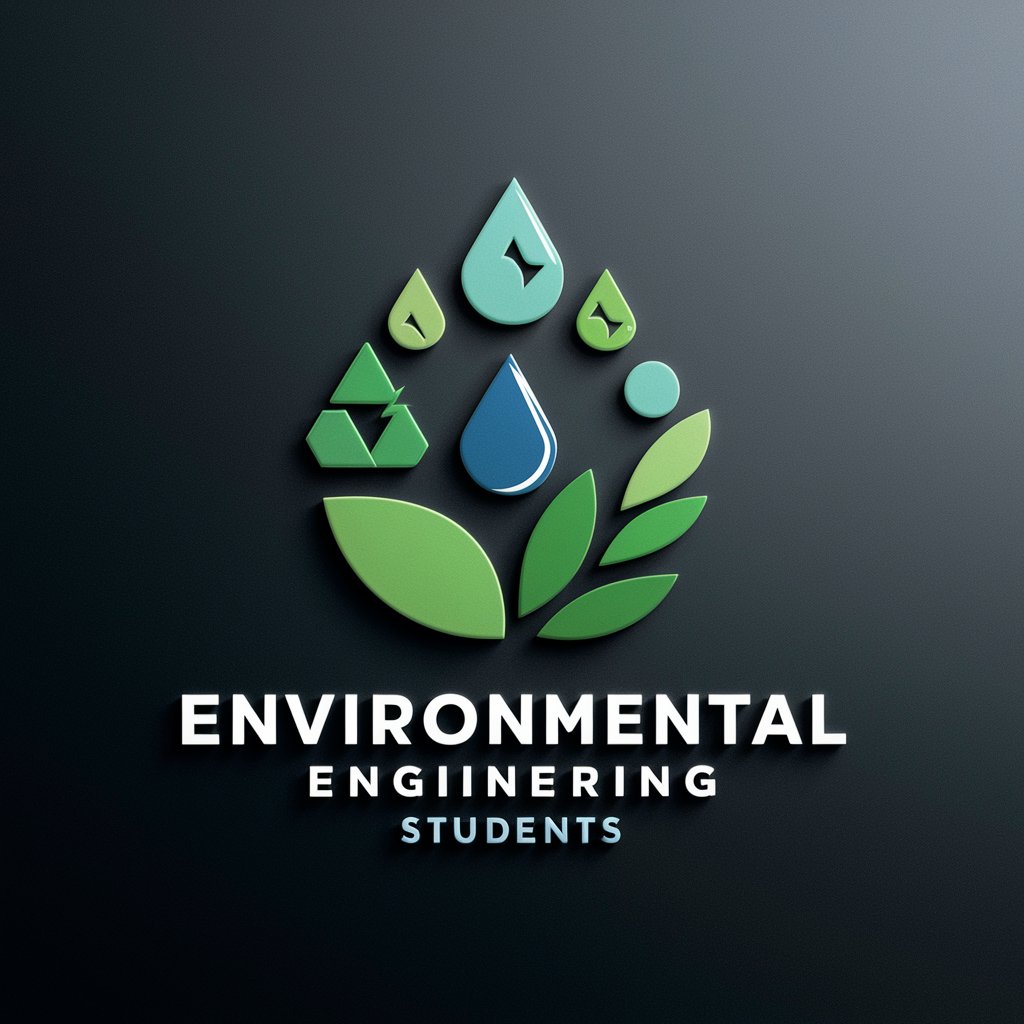
Hello! Let's explore environmental engineering together.
Empowering environmental solutions with AI
Explain the process of water treatment and its significance in environmental engineering.
Discuss the latest advancements in waste management technologies.
Analyze the impact of pollution control measures on urban environments.
Describe eco-friendly technologies used in modern environmental engineering.
Get Embed Code
Overview of Student - Environmental Engineering
Student - Environmental Engineering is designed to serve as an advanced, interactive assistant tailored specifically for students and professionals in the environmental engineering sector. This specialized tool leverages engineering principles to address environmental issues, focusing on water treatment, waste management, pollution control, and the development and application of eco-friendly technologies. By providing detailed, technical insights and accessing up-to-date information on environmental regulations and impacts, it supports informed decision-making and project planning. Examples of its utility include analyzing case studies on successful pollution reduction strategies, guiding users through the complexities of environmental compliance, and offering in-depth explanations of technologies such as bioreactors for wastewater treatment or techniques for solid waste reduction. Powered by ChatGPT-4o。

Core Functions of Student - Environmental Engineering
Technical Guidance on Environmental Solutions
Example
Guiding users through the design and implementation of a constructed wetland for wastewater treatment, including specifics on plant species selection, layout planning, and effluent quality monitoring.
Scenario
A student working on a capstone project aims to design a sustainable wastewater treatment solution for a small community. Student - Environmental Engineering offers step-by-step guidance, referencing current research and case studies.
Environmental Regulation and Compliance Information
Example
Providing a detailed breakdown of the latest EPA guidelines on air quality standards, relevant for industries and projects aiming to minimize air pollution.
Scenario
An environmental engineer needs to ensure that a new manufacturing facility will comply with national air quality standards. The tool offers precise information on relevant regulations, helping to shape the project's air pollution control strategies.
Assessment of Environmental Impact
Example
Offering methodologies for conducting life cycle assessments (LCA) of products or projects to evaluate their environmental impact comprehensively.
Scenario
A company is developing a new product and wants to analyze its overall environmental impact, from raw material extraction to end-of-life disposal. Student - Environmental Engineering provides detailed guidance on performing an LCA, including software tools and databases.
Target User Groups for Student - Environmental Engineering
Environmental Engineering Students
Students pursuing degrees in environmental engineering or related fields will find this tool invaluable for deepening their understanding of course material, enhancing their research capabilities, and assisting with project work by providing detailed, current information on a wide range of topics.
Professional Environmental Engineers
Professionals in the field can leverage this tool for up-to-date information on environmental regulations, cutting-edge sustainable technologies, and best practices in pollution control and waste management, aiding in the design and implementation of effective environmental solutions.
Environmental Policy Makers
Policy makers and regulators can use the tool to stay informed about the latest advancements in environmental engineering, ensuring that policies and regulations are based on the most current, scientifically sound information available.

How to Use Student - Environmental Engineering
Start your journey
Begin by visiting yeschat.ai for an effortless start, offering a free trial without the need for login or ChatGPT Plus subscription.
Define your query
Prepare a clear and concise query related to environmental engineering, such as water treatment processes, waste management techniques, or pollution control strategies.
Engage with the tool
Input your query into the tool. Utilize the structured input format if available, to specify details like the type of information needed (academic, case study, regulations).
Explore additional resources
Make use of the provided links to scholarly articles, webinars, and other resources for a deeper understanding of the topic.
Apply the knowledge
Implement the insights and data gathered in your academic projects, research, or environmental engineering solutions.
Try other advanced and practical GPTs
Evasive Bot
Dancing around the truth, powered by AI

Better assistant
Empowering your ideas with AI.
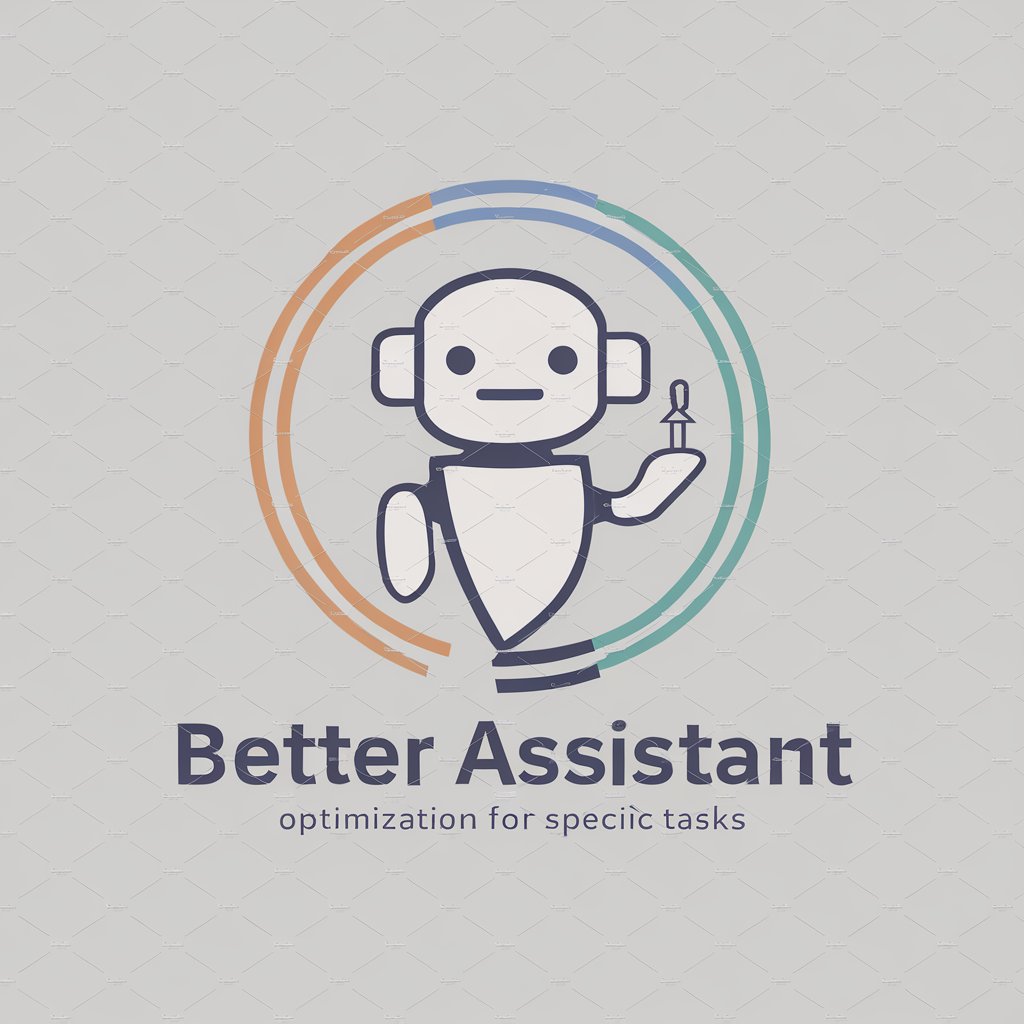
Game Valuer
AI-powered game valuation at your fingertips.

Antique Book Valuer
Discover your book's worth with AI.

Art The Appraiser
Discover the value and history behind your treasures.

Holiday Movie Helper
Unveil holiday movies with AI magic

Enviro Buddy
Empowering eco-conscious learning with AI
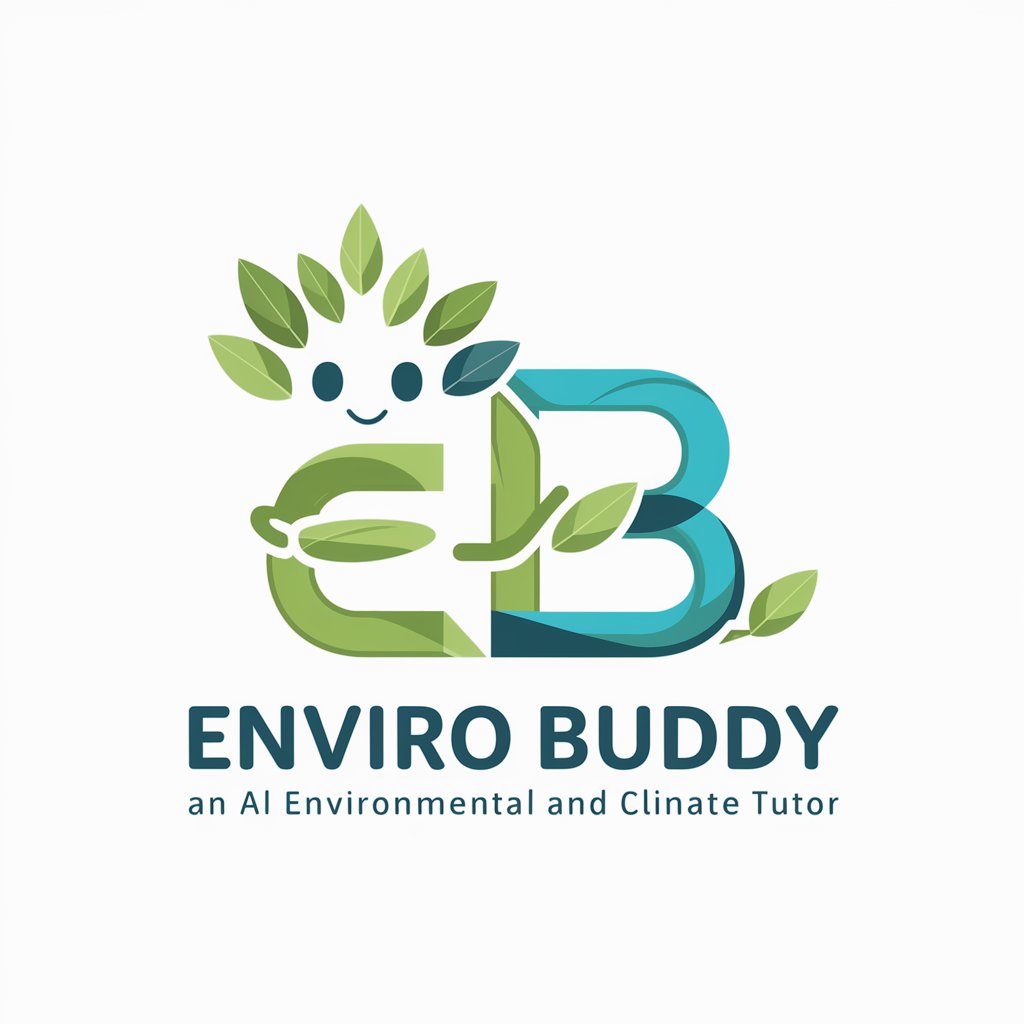
Environmental Product Compliance Assistant
AI-powered Compliance Insights at Your Fingertips
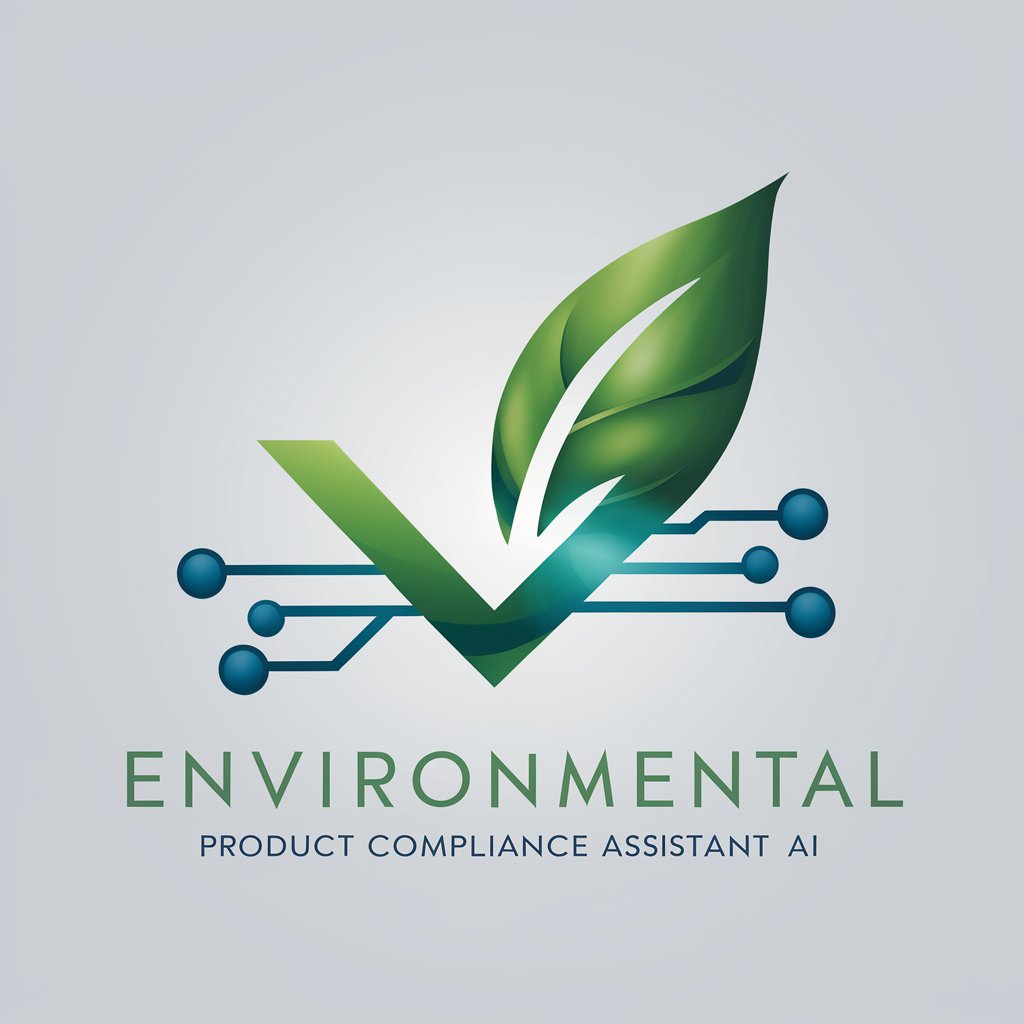
Designer - Creative Chloe
Craft Your Vision with AI-Powered Design Insight

Game Enviro Builder
Crafting immersive educational games with AI

Sustainability and Enviro Teams @ Aviator Inc
Empowering Sustainable Urban Air Mobility
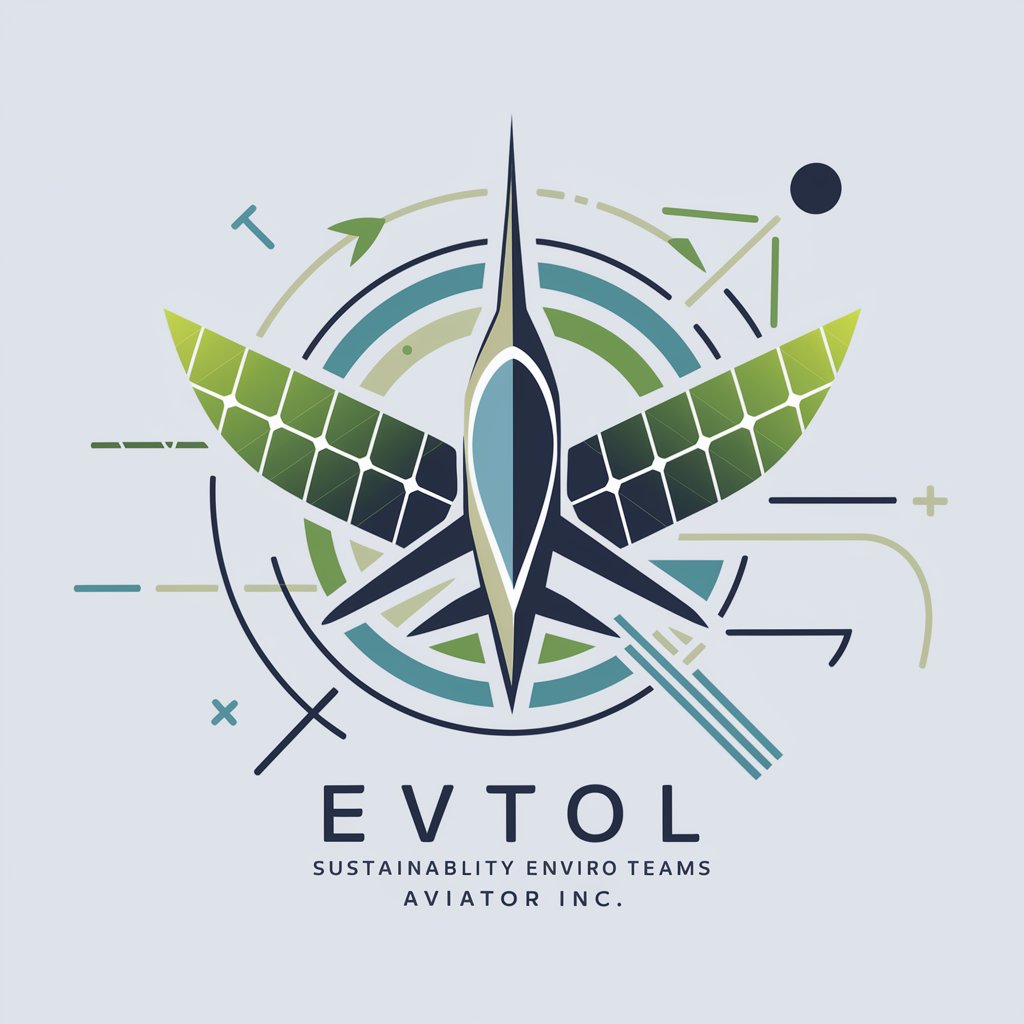
EU Enviro Expert
Empowering insights into EU policies, powered by AI.

Frequently Asked Questions about Student - Environmental Engineering
What kind of queries can Student - Environmental Engineering handle?
This tool can handle a wide range of queries related to environmental engineering, including, but not limited to, eco-friendly technologies, water treatment, waste management, pollution control, environmental regulations, and the assessment of environmental impact of various projects.
How can I get the most out of Student - Environmental Engineering?
To maximize the tool's potential, provide detailed queries, engage with the recommended resources, apply the insights to real-world projects, and explore various case studies and academic writings suggested by the tool.
Can Student - Environmental Engineering provide help with academic writing?
Yes, it can assist in structuring academic papers, identifying credible sources, and providing guidelines on how to effectively write and cite environmental engineering-related content.
Is Student - Environmental Engineering up to date with the latest environmental regulations?
While it strives to provide the most current information, it's crucial to consult the latest official publications or legal texts for up-to-date regulations, as the tool's knowledge might be periodically updated.
How does Student - Environmental Engineering support hands-on learning?
The tool supports hands-on learning by offering detailed explanations of environmental engineering processes, suggesting practical experiments, guiding through case study analyses, and recommending online workshops or webinars.
